Galvanized Water Tanks For Gardening
Water troughs, or stock tanks as they're also called, make fabulous gardening beds. They're a smart replacement for the typical wooden raised beds because they're sturdy and last a long time.
I don't have city water on my rural farm, so we rely on a rain catchment system instead. I have stock tanks in several places that not only catch and hold water but are available for livestock.
These stock tanks are outside all year and eventually, due to freezing and thawing, the material develops cracks. That's when I move the tank from the gutter system and out to the gardens.
Having a leak in the trough is an advantage when they're being used for plants, since it provides some drainage. Water troughs in the garden are a handy way to reduce weeding, increase your gardening area, and help you avoid burrowing animals. It's a win-win situation.
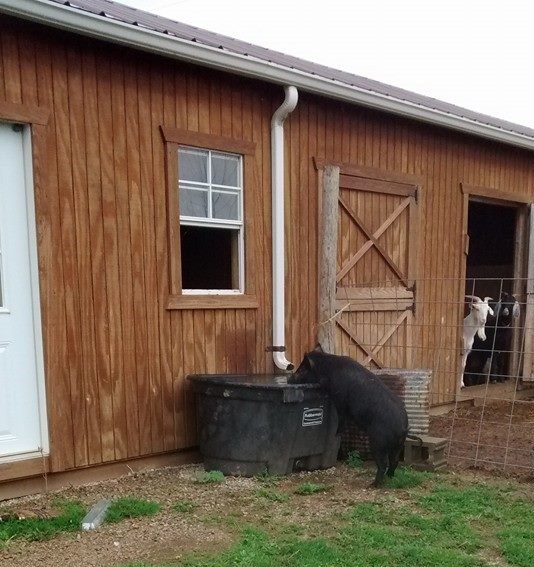
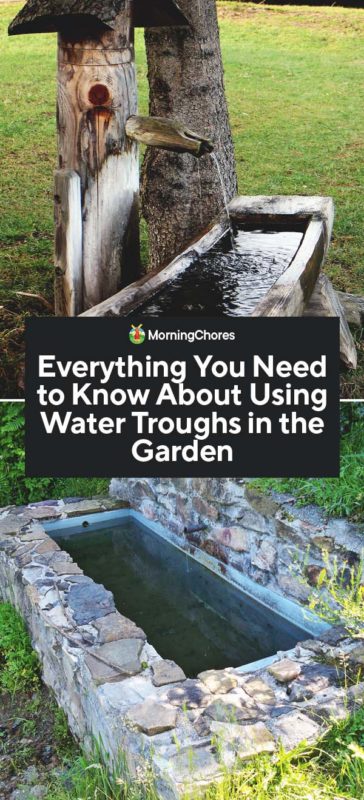
Advantages of Using Water Troughs
So why should you use water troughs in the garden?
- They're easy peasy – no building required
- Durability – they last forever (ok, not quite, but a long time)
- A good investment – they can be affordable and versatile
- They keep out many types of wildlife such as groundhogs, chipmunks, and rabbits
- Easy to find at farm stores, garden centers, in the classifieds and online
- Depth promotes good root growth
- Ideal for areas that have poor soil
- You can paint them if you want to get creative
- Easier to weed and tend to get fewer weeds
- Raised for those who have health issues that make bending or crouching difficult
Disadvantages
- They're heavy, especially after you fill them with soil
- The metal ones absorb heat and can become hot in summer, so you have to be thoughtful about what you plant
- Like other plant containers, they dry out quickly and need more frequent watering
Types of Stock Tanks
A variety of sizes and materials are available. The two most common ones are galvanized metal and poly (polyethylene). Both can be found made with recycled materials, which will lower your carbon footprint.
The price for both types is pretty comparable, although the price of steel tends to fluctuate more with availability and market.
Both poly and galvanized tanks are commonly found at farm stores. I personally don't think one is better than the other. It boils down to what you like and what type is readily available in your area. Tractor Supply Company frequently has sales on the poly tanks, so that's often what I get.
There are also troughs made of stone, hollowed-out logs, and non-galvanized stainless steel, though these are less common.
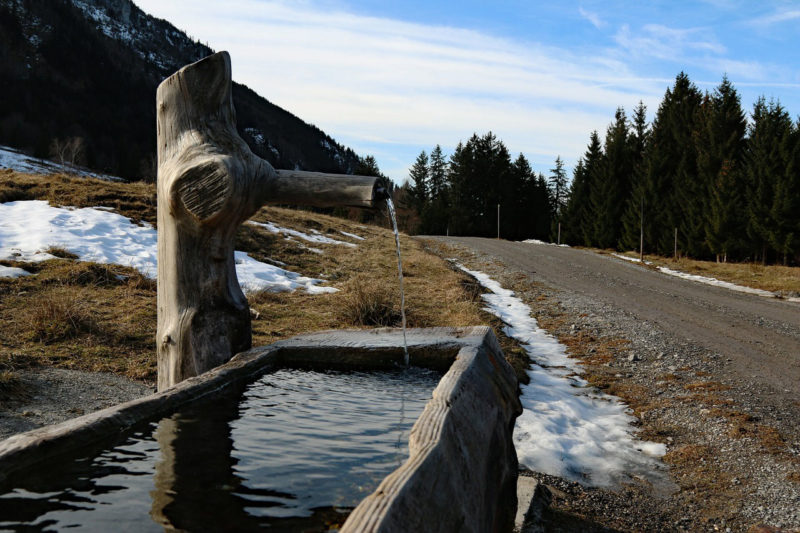
You can find tanks in shorter sizes, typically marketed for sheep and goats, or in taller sizes for cattle and horses. Both are adequate for your garden needs. The taller you go, the more room your plants have. In addition, taller tanks are easier on your back and require less bending.
Regardless of what you choose, any trough filled with water will eventually succumb to the freezing and thawing action as the seasons shift, causing cracks and leaks. This means that they're easy to find used as people retire them from holding water. Check out Craigslist or your local classifieds, or let friends know you're interested and you're sure to get your hands on a few.
When water troughs are filled with soil, they're less likely to suffer winter damage. This is because the soil doesn't expand as much as water when frozen.
Note that often in garden stores, you will see metal planting containers that look like stock tanks. These are not the same thing. They may be serviceable for what you want them to do, however, metal garden containers aren't designed to hold water and the metal isn't as sturdy. Typically, they don't have bottoms so they won't stop weed growth from coming up through them.
Health Considerations
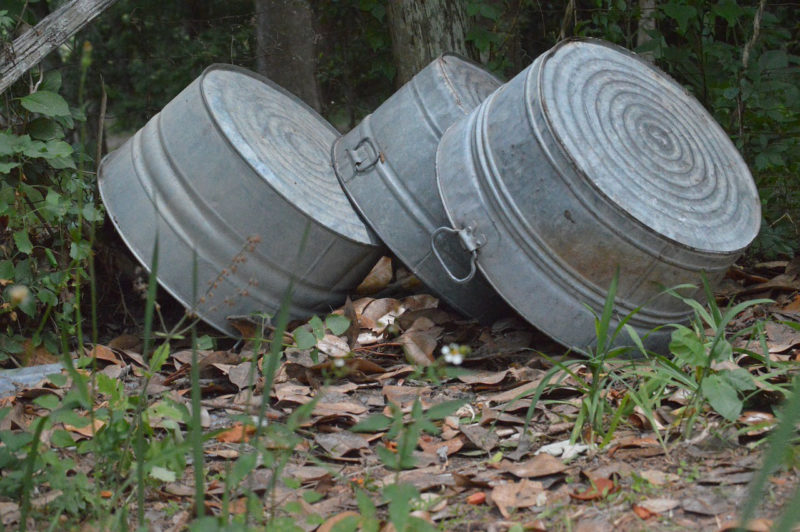
There are a few health concerns to consider with some troughs. Galvanized troughs may leach chemicals into the ground. Galvanization is the process of applying a layer of zinc to the steel. This keeps the tank from rusting and protects the steel.
There is some concern that zinc will leach into the soil from galvanized tanks and that this could be harmful to humans. Studies haven't proven excess zinc in garden troughs made from galvanized metal, but it's something to keep in mind. Water troughs aren't the only concern. Galvanization was commonly used on water pipes before PVC became widely available.
There's also some concern about poly materials leaching antimony, a toxic metalloid, into food. Some polys can leach estrogenic chemicals into the soil, so you might want to avoid them if you're feeding youngsters and juveniles with food grown in plastic troughs.
If those issues are a concern to you, stick with stainless steel, wood, or stone water troughs in the garden.
What Size Should I Buy?
You can use any size of water troughs for your garden. It all depends on where you wish to place them, what you plan on growing, and what you have available in your area.
Livestock tanks are typically round or oval-shaped. They range from 30 gallons to 300 gallons.
You can choose one that is long and narrow or tall and wide, it's all a matter of preference. The best size is at least one foot deep, but two feet tall is more desirable to give your plants' roots plenty of room.
I use 100-150 gallon black stock tanks. That fits with my system of using the tank under a gutter to supply water for animals before it ends up in the garden.
Preparing to Use Water Troughs in the Garden
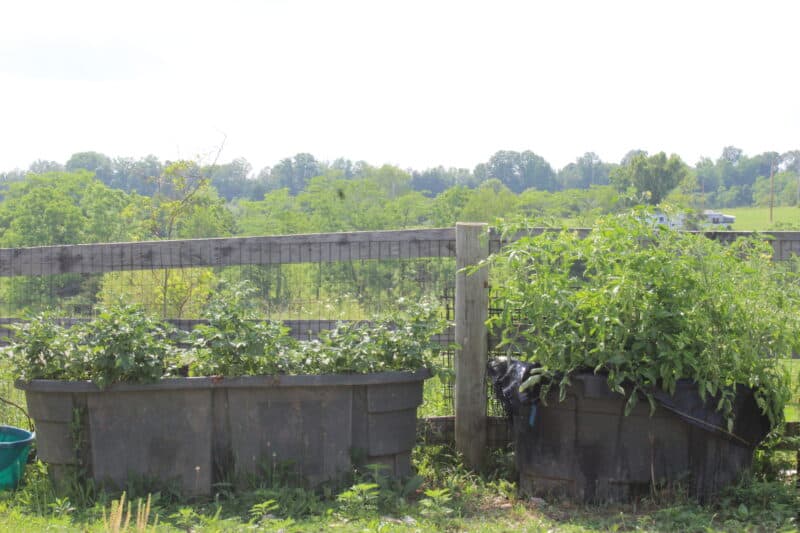
Drainage
It is important to provide good drainage. Many stock tanks have a drainage hole in them. I take the cap off and leave it open. If your tank doesn't have a drain plug, then you'll need to drill a few holes in the bottom of the tank to allow drainage. Use a half-inch drill bit for a good-sized hole.
Fill the bottom of the stock tank with some gravel or stone. I deliberately place some larger stone around the drainage hole so that soil does not clog it. You can also use large wood chips, but they will decay over time.
In addition, you can place the tanks on a layer of gravel to increase drainage and reduce water pooling under the trough. This also looks attractive if you gardening in a more urban area. By spreading the gravel out you can reduce muddy paths and improve access your garden during rainy weather.
Filling with Soil
There are two methods to filling up your trough. One is the method of purchasing soil and filling the container. This is ideal if you're in a time crunch and want to start planting.
Keep in mind that a 2x2x6 foot tank will take about 14 bags of soil. A larger 200-gallon tank will take approximately 18 1.5 cubic foot bags of soil.
The downside is that this method is more expensive and you don't have the same control over your soil quality you would if you mixed your own.
The second method is what I prefer. Basically, I fill the water trough with materials off the farm and give it some time to settle. Here's how it works.
After you put in stones for drainage, place some sticks and branches on top as the next layer. This is a lazy way of implementing the Hügelkultur method to improve the soil.
The natural decay of the wood offers a slow release of nutrients over time. The decaying branches also expel heat as they decay which is great for season extension, and they absorb water which they release when the soil becomes too dry.
Next, I begin filling the tank. Depending on the season, I fill the tank about 80% with either aged or fresh manure. If it's spring and I foresee using the stock tank in the near future, I fill the tank with aged compost. This serves as an immediate nutrition boost to my plants without burning them.
If it's fall or winter, I fill the garden trough with fresh manure. During the course of freezing and thawing the manure will break down. Keep in mind that as the manure breaks down it will also settle. You may need to keep adding additional manure and compost throughout the season.
Amending the Soil
After you have filled your trough with stones, sticks, and your primary material, it's time to make the soil perfect for your plants.
This past winter I was slowly filling a 150-gallon plastic stock tank. I knew my goal was to place tomatoes and green peppers in the tank and record the pounds of produce I received off the small space. So I added amendments that would be beneficial to those crops. Several times during my layering of manure I sprinkled in some bone meal.
If you're planting something that prefers acidic soil, mix in elemental sulfur. If you have plants that need lots of moisture, add peat moss or humus-rich compost.
Top everything off with high-quality potting soil. I mix this into the compost for about six inches. This gives me a nice, firm soil to place my seeds or transplants.
At this point, I like to add a strip of landscaping fabric. I'm not the world's best weeder, so fabric helps compensate for my weakness.
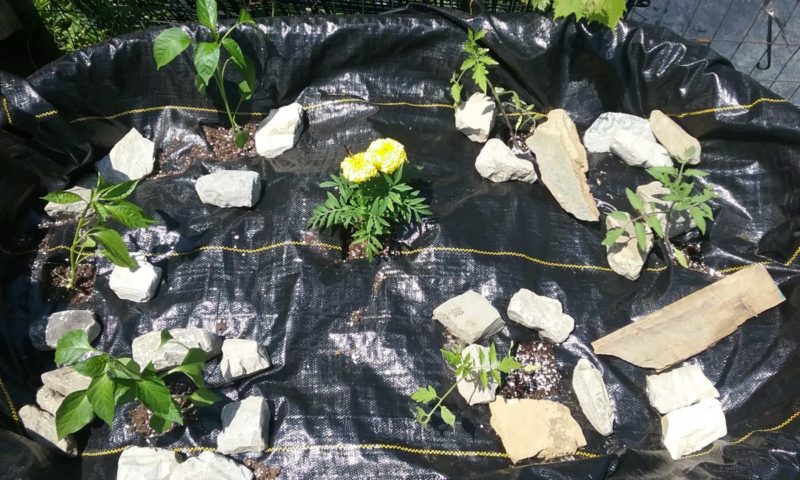
You can also use any mulch that you have handy such as straw or wood chips. Having a layer of mulch also helps keep your plants hydrated.
Add Your Plants
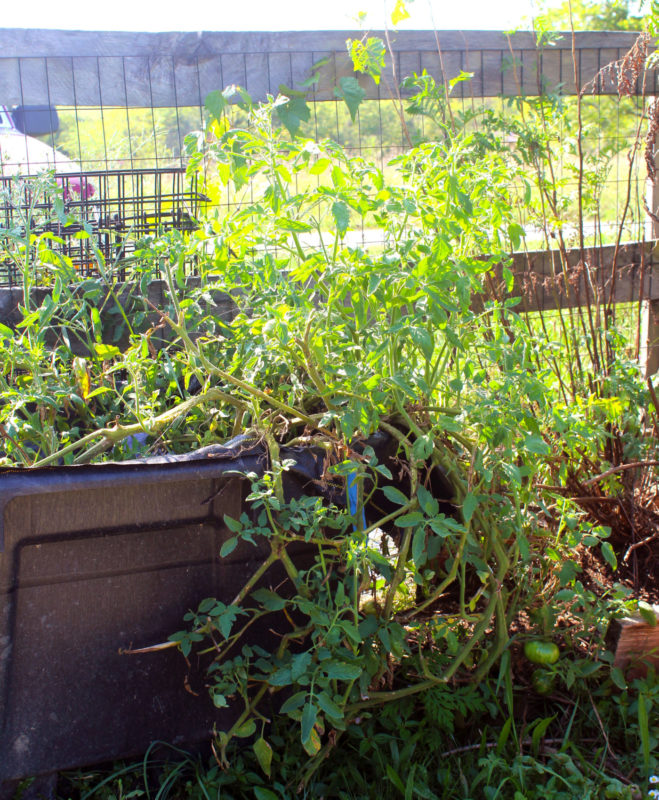
Now it's time to add your plants or seeds. Remember to check your soil to make sure it's damp. Stock tanks are like containers. They have greater air exposure, which causes water to evaporate quickly. Also, be sure to check the spacing needs of your plants.
Ideas for Using Water Troughs in the Garden
There's nothing wrong with going basic with your water troughs in the garden. You can also have a little fun with things and get creative with your tank.
Color
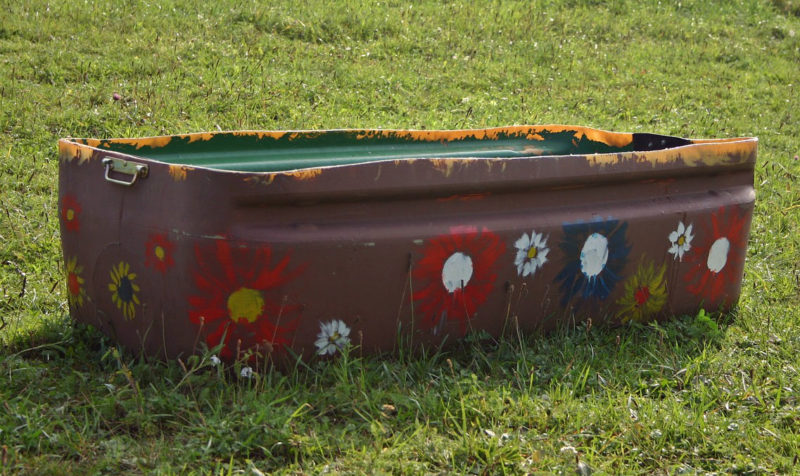
Paint your water troughs to accent your garden. Copper will set off red foliage, while yellow will highlight a trough full of lettuce greens. You can also be practical with your color choices. White will prevent the container from getting too hot, while black can absorb the heat for extending your growing season. Top a black trough with plastic and you could keep growing an extra month.
Make it Mobile
You can use an old pallet with wheels attached as a base for your water trough. That way, you can shift it around to capture or avoid the sunlight.
Privacy Screen
If you have a spot in the yard that you'd like to separate from the rest, or if you have an eyesore that you'd like to avoid looking at, consider creating a privacy screen using your water trough. The trough provides extra height, so if you grow some trees in the container, you'll have an instant privacy.
Add Irrigation
Want to make your water trough garden self-sufficient? Add irrigation. You can plop a sprinkler into the center of the tank, but you can also create a self-watering system. In all depends on how much work and money you want to put into your garden.
Bring the Garden to You
If your garden is far away from your house and you long to be able to grab some veggies or herbs while you're cooking, use a water trough on your patio to bring the garden to you. A good-sized trough can house a salsa garden, a zucchini, or a ton of herbs so you have them right where you need them.
How do you plan to make your water trough garden unique? Share in the comments.

Was this article helpful?
Yes No
Galvanized Water Tanks For Gardening
Source: https://morningchores.com/water-troughs-garden/
Posted by: mannimeting.blogspot.com

0 Response to "Galvanized Water Tanks For Gardening"
Post a Comment